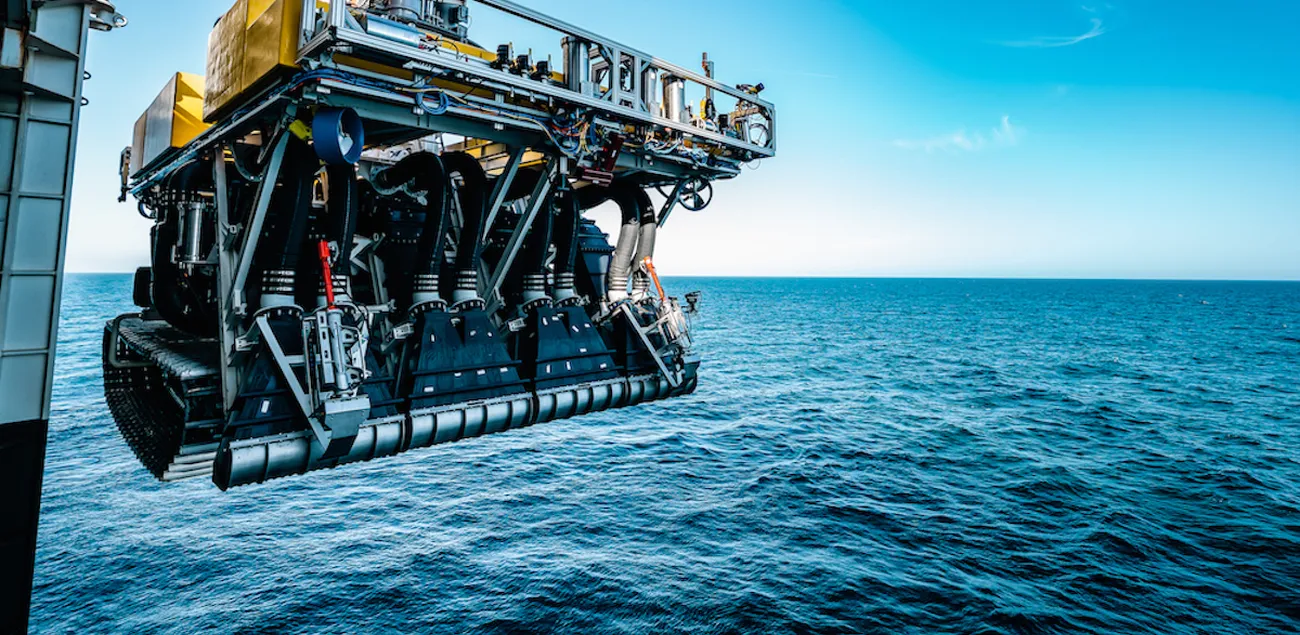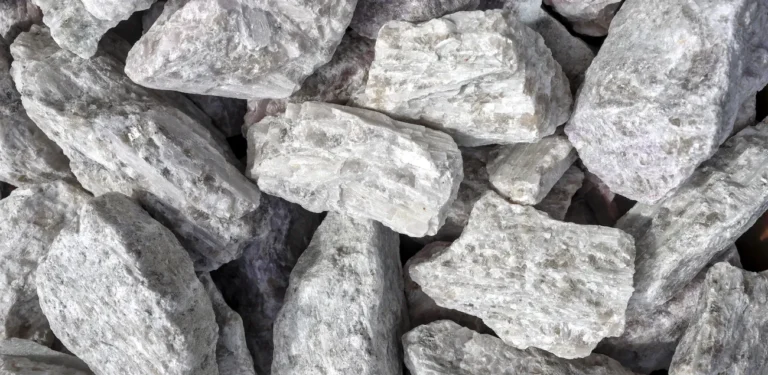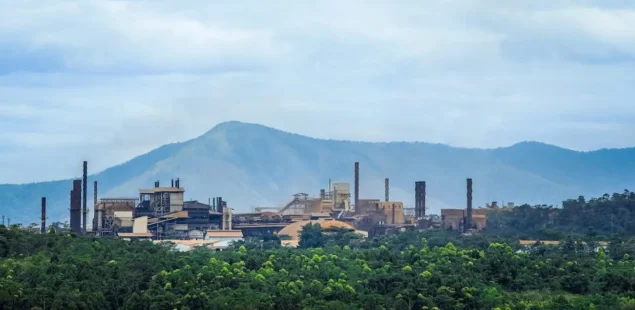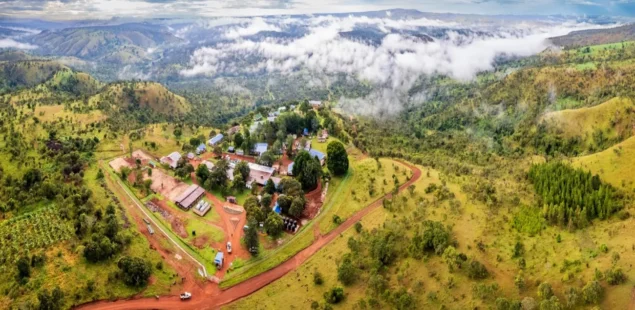
The Metals Company, deep-sea nodule developer, and Korea Zinc, non-ferrous refiner and TMC investor, have moved the Clarion-Clipperton Zone project up the maturity curve as TMC released a Technical Report Summary of a pre-feasibility study for the NORI-D area and—under SEC S-K 1300—declared ~51 Mt of probable reserves, a first for polymetallic nodules. The package includes an initial assessment for the wider NORI/TOML areas, citing an after-tax NPV of $18.1 billion and IRR of 35.6%, while the NORI-D PFS shows an after-tax NPV of $5.5 billion; management targets first production in Q4 2027 using the Hidden Gem vessel with about $113 million of development capex each from TMC and partner Allseas.
Reserve declaration under S-K 1300
TMC calls the filing a world-first reserve statement for nodules, supported by sampling, AUV surveys and geostatistics; the initial mining area covers roughly a quarter of the measured and indicated resource in NORI-D. Beyond the initial reserves, the study estimates recoverable nodules in NORI-D at ~164 Mt over an 18-year life, with a ramp to 12 Mt/y of wet nodules in the first five years. “The PFS takes our NORI-D project economics up the confidence curve and contains the declaration of mineral reserves — these are our first 50+ million tonnes with a potential commercially viable path to production,” CEO Gerard Barron said.
Project economics and development plan
The PFS assumes a phased, “capital-light” route: initial tolling at existing rotary-kiln electric-furnace plants in Japan and Indonesia to make nickel-copper-cobalt alloy or matte, followed by U.S. refining to battery-grade nickel and cobalt and copper cathode. TMC pegs NORI-D’s after-tax NPV at $5.508 billion (8% discount rate) and the broader NORI/TOML initial assessment at $18.081 billion and 35.6% IRR, underpinning the company’s claim of a combined $23.6 billion value. The plan ties offshore collection led by Allseas to onshore tolling and later U.S. refining capacity, with Hidden Gem as the first production vessel.
Regulatory landscape and permitting
Commercial mining in areas beyond national jurisdiction still requires a clear rulebook. The International Seabed Authority ended its July session without adopting a mining code, even as negotiations continue into 2025. In parallel, TMC’s U.S. subsidiary has applied under the Deep Seabed Hard Mineral Resources Act for a commercial recovery permit and two exploration licences; NOAA has proposed updating DSHMRA regulations and set early-September virtual hearings. The U.S. is not party to UNCLOS, so DSHMRA provides a domestic pathway while ISA rules evolve—amid calls from more than 30 nations for a moratorium or pause.
Market impact and pricing
Nodules contain nickel, cobalt, copper and manganese in one ore stream, an appeal for battery supply chains. Nickel prices hover around $15,000–16,000/t on the LME this week; copper is near $9,650/t. TMC argues its flowsheet and tolling model would place NORI-D low on the nickel cost curve, but execution depends on permitting milestones and offtake. Shares fell after the announcement, even as the company pointed to the two studies’ “combined net present value of $23.6 billion.”
Company Background and Market Context
TMC controls exploration rights in the CCZ via subsidiaries NORI and TOML and has piloted offshore collection systems with Allseas. The company in April filed U.S. applications under DSHMRA and, in June, drew an $85 million strategic investment from Korea Zinc for a 5% stake (19.6 million shares at $4.34 plus a three-year warrant for 6.9 million shares at $7). Environmental NGOs and several governments continue to press for a pause, arguing industrial operations risk irreversible biodiversity loss; ISA talks have yet to authorize commercial mining.
Nickel—central to TMC’s value proposition—feeds stainless steel and high-nickel battery chemistries. Prices have retreated sharply from 2022 highs on Indonesian supply growth, then steadied in 2025 around the mid-$15,000s/t, while cobalt remains subdued versus pre-2023 levels. Any new seabed supply would arrive against a backdrop of abundant laterite output and uncertain demand growth for high-nickel cathodes.



